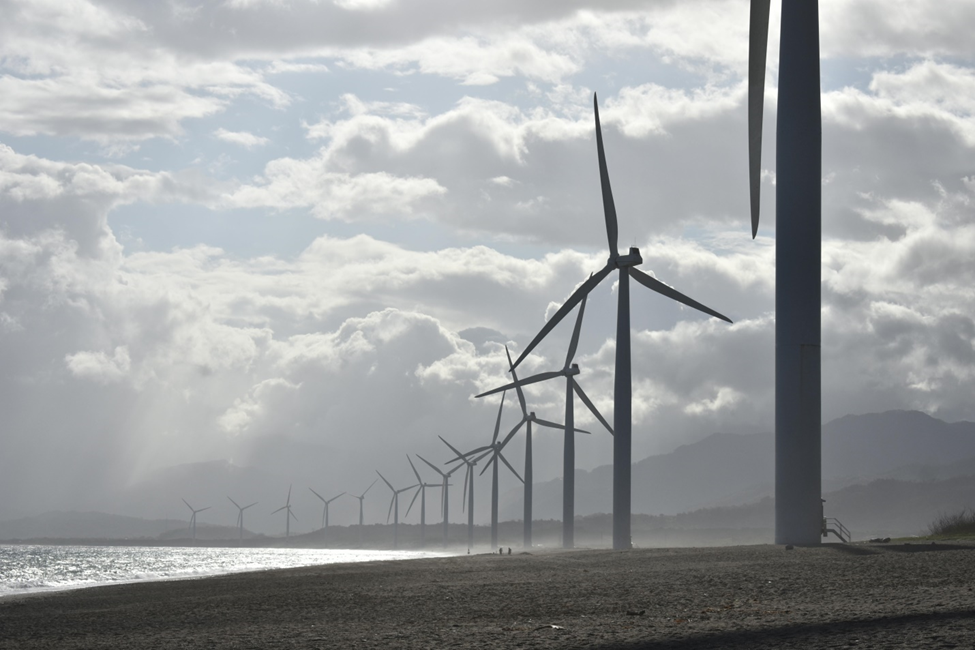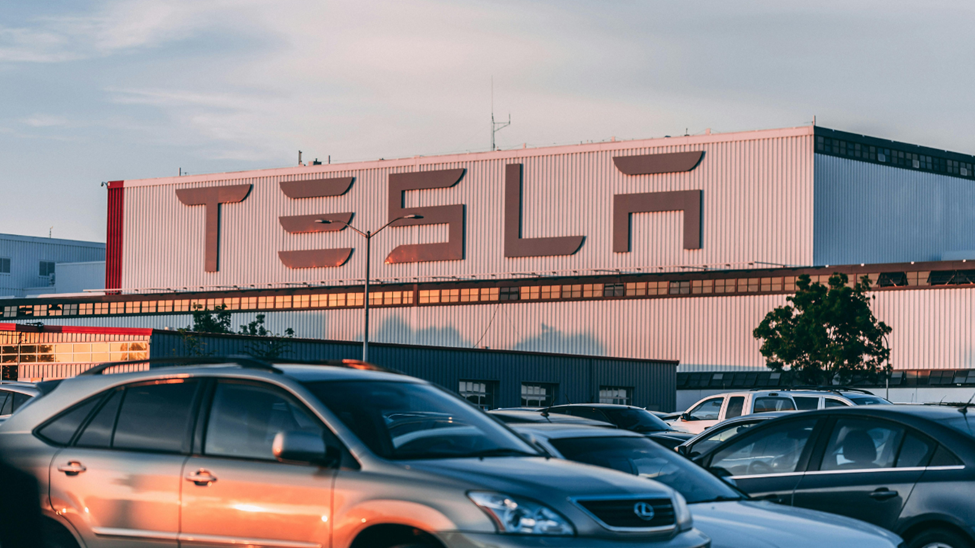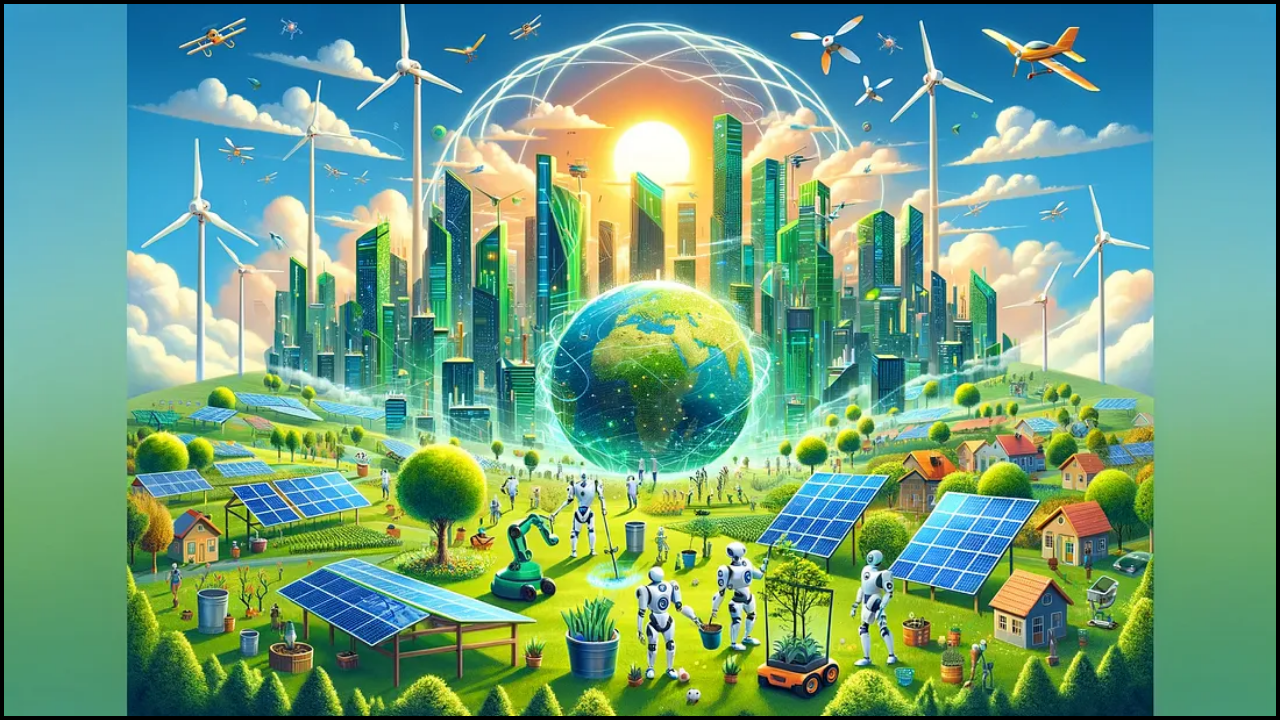The urgent need to address climate change and environmental degradation has propelled the concept of a “Green Revolution” to the forefront of global discourse. This vision encompasses a fundamental shift towards sustainable practices and renewable energy sources, promising a cleaner, healthier, and more resilient future. Despite rapid advancements in green technologies, the transition has been surprisingly slow, begging the question: why is the Green Revolution taking so long? The answer is a complex interplay of economic hurdles, political inertia, infrastructural limitations, and societal resistance, even as innovative solutions continue to emerge.
Green Revolution and its Delays
The Green Revolution, in its contemporary context, refers to the widespread adoption of technologies and practices that reduce humanity's ecological footprint. This includes renewable energy, sustainable agriculture, efficient resource management, and circular economy principles. While the promise of this revolution is immense – mitigating climate change, enhancing energy security, creating green jobs, and improving public health – its pace has often been glacial.

Several factors contribute to these delays. Economically, the upfront capital costs for green infrastructure can be substantial, often deterring initial investment despite long-term savings. The fossil fuel industry, with its entrenched interests and powerful lobbying, also presents a formidable economic and political obstacle, creating policy inconsistencies that destabilize the renewable energy market. Infrastructural challenges are equally significant; integrating intermittent sources like wind energy into existing grids requires costly upgrades and smart management systems. Public perception, sometimes influenced by misinformation or “Not In My Backyard” (NIMBY) sentiments, can delay or outright block projects, including critical wind energy farms. Geopolitical factors, such as competition for critical minerals and supply chain vulnerabilities, further complicate the global transition. The sheer scale of transforming global energy systems and industrial practices means that inertia is a powerful force, making rapid change inherently difficult.
The Role and Challenges of Wind Energy
Among the cornerstones of the renewable energy transition, wind energy stands out for its vast potential and proven scalability. It is a clean, abundant resource that, once harnessed, produces electricity with virtually no greenhouse gas emissions. Significant advancements in turbine design have made wind energy increasingly efficient and cost-competitive with traditional power sources.

However, the deployment of wind energy faces distinct challenges. The intermittency of wind energy necessitates robust energy storage solutions or flexible backup power, complicating grid stability. Siting new wind energy farms can spark local opposition due to visual impact, noise concerns, or perceived threats to wildlife. The initial capital investment for large-scale wind energy projects, while yielding long-term returns, can be prohibitive without supportive financing mechanisms.
Furthermore, the supply chain for wind energy components, from rare earth magnets to massive blades, can be vulnerable to geopolitical disruptions and manufacturing bottlenecks. Even for those looking to purchase wind energy systems for individual homes or businesses, complexities arise from permitting, installation logistics, and connecting to the local grid, all of which slow down adoption. Despite these hurdles, the global installed capacity of wind energy continues to grow, demonstrating its undeniable role in the future energy mix.
AI in Green Technology: Accelerating Influence
Artificial Intelligence (AI) is emerging as a powerful accelerant for the Green Revolution, offering solutions to many of the aforementioned delays. In the realm of wind energy, AI algorithms can significantly improve forecasting of wind energy output, allowing grid operators to better predict and integrate fluctuating supply. This reduces the need for expensive backup power and enhances grid stability.

AI is also optimizing smart grids, enabling real-time balancing of supply and demand, and facilitating the efficient distribution of electricity from diverse renewable sources. In material science, AI is accelerating the discovery of new, more efficient, and sustainable materials for batteries, solar panels, and even stronger, lighter wind energy turbine blades. Predictive maintenance, powered by AI, can identify potential failures in wind energy turbines and other green infrastructure before they occur, reducing downtime and operational costs. By enhancing efficiency, predicting outcomes, and optimizing systems, AI helps overcome some of the technical and economic barriers that slow down the widespread adoption of green technologies.
Top Green Technology Companies: Leading the Charge
Despite the systemic delays, numerous companies are at the forefront of driving the green revolution. These entities are developing and deploying the technologies critical for the transition. Major players in the renewable energy sector include companies like Vestas and Siemens Gamesa (prominent in wind energy manufacturing), Enphase Energy (solar inverters), and Tesla (EVs and battery storage). These companies are continuously pushing the boundaries of what's possible, investing heavily in research and development to make green solutions more affordable and efficient.

One notable example providing specialized solutions is WindWorks wind energy solutions, which focuses on intelligent control frameworks for vertical-axis wind energy turbines. Their technology dynamically adjusts blade orientation to optimize performance across various wind energy conditions, enhancing efficiency and reducing wear. Such specialized innovations are crucial in overcoming the technical challenges that impede broader wind energy adoption.
China's Renewable Energy Tech
China has emerged as a dominant force in the global renewable energy landscape. While it remains a major consumer of fossil fuels, its investments in renewable energy infrastructure and manufacturing are unparalleled. China leads the world in the production and deployment of solar panels, electric vehicles, and, significantly, wind energy turbines. Their aggressive national strategies, backed by substantial state funding and rapid industrial scaling, have driven down the global costs of many green technologies.

This centralized, top-down approach has enabled China to build massive wind energy farms and integrated renewable energy grids at a pace unmatched by many Western nations. However, this dominance also raises geopolitical concerns regarding supply chain concentration and intellectual property. Nevertheless, China's sheer scale of deployment, particularly in wind energy, is a critical factor influencing the global pace of the Green Revolution. Their ongoing efforts to integrate more wind energy into their national grid provide valuable lessons and benchmarks for other countries.
Green Innovations beyond Wind
While wind energy and solar power often dominate headlines, the Green Revolution encompasses a vast array of other critical innovations. Breakthroughs in battery storage technology, for instance, are crucial for overcoming the intermittency of renewables like wind energy and solar. Advanced carbon capture and storage (CCS) technologies are being developed to mitigate emissions from hard-to-decarbonize industries. Sustainable agriculture is seeing innovations in precision farming, vertical farms, and alternative proteins, reducing the environmental footprint of food production. Waste-to-energy solutions, water purification technologies, and the development of biodegradable materials are all vital components of this expansive green revolution.

These diverse green innovations, while perhaps less visible than towering wind energy turbines, are equally important in addressing the multifaceted challenges of environmental sustainability and collectively contribute to the slow but inevitable shift towards a greener future.
Conclusion
The Green Revolution, though urgently needed, is indeed taking a protracted course. The journey is fraught with systemic economic barriers, political resistance, complex infrastructure requirements for technologies like wind energy, and societal friction. Yet, the relentless march of innovation, fueled by dedicated companies, AI advancements, and the ambitious strategies of nations like China, offers continuous hope. Overcoming these entrenched obstacles requires concerted global efforts, consistent policy frameworks, sustained investment, and a collective commitment to prioritizing long-term planetary health over short-term gains. Only then can the promise of a truly green world be fully realized, ensuring a sustainable future for generations to come.








